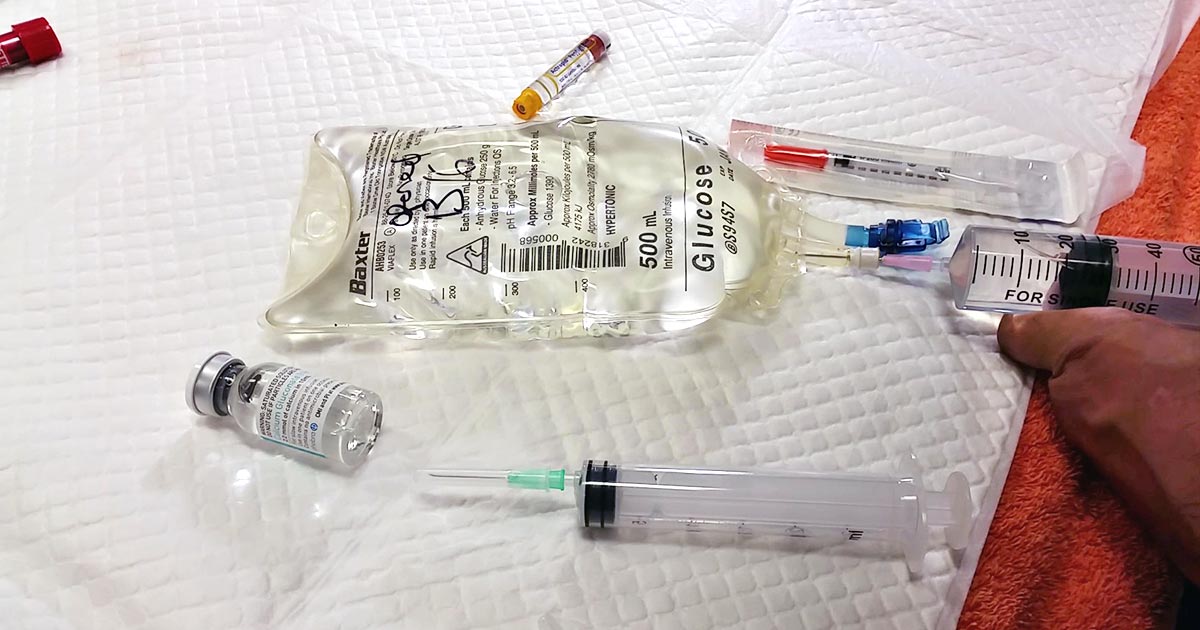Tag: Fluid Therapy
-

Circulatory shock made simple
—
by
Shock, as a syndrome, can be quite complicated in all of its terrifying details. For a long time, I was so overwhelmed by all the theory around shock that I never fully understood the key concepts – how it was affecting my patients and what I could do about it. Back to basics To come…
-

Rabbit versus IV
For small, fluffy, adorable creatures, rabbit care can actually be a huge challenge in the veterinary practice. They are seen to be more difficult and fragile than the standard cat or dog, and some of the veterinary team are unsure of the best protocol when handling and hospitalising. Rabbit anaesthetics and their recovery carry a…
-
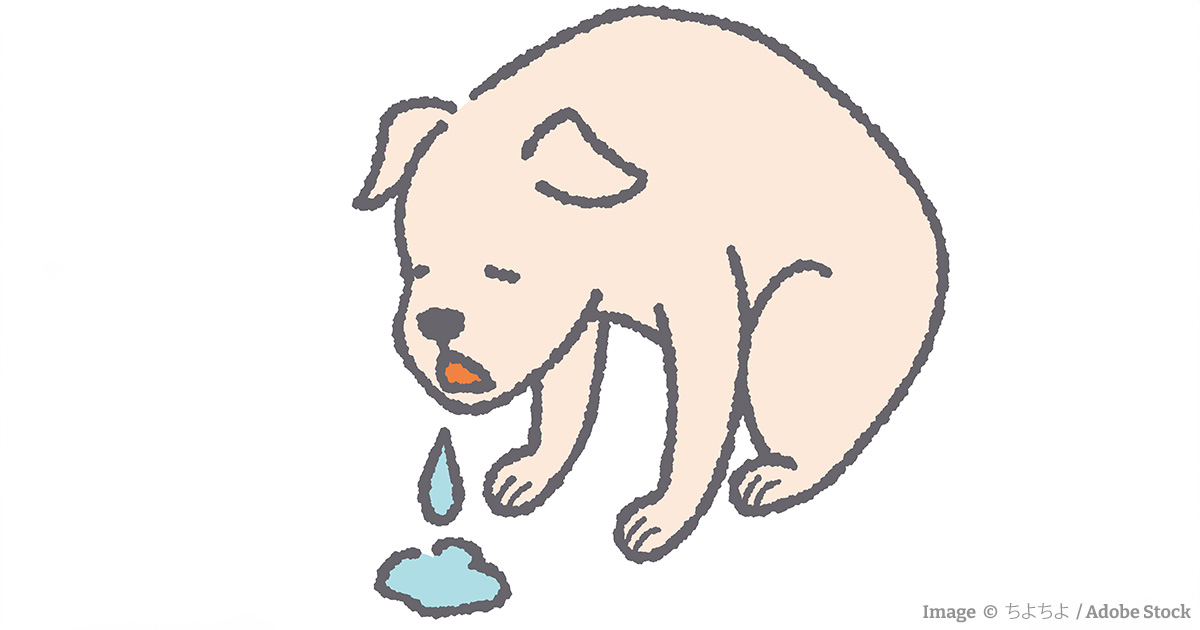
Induced vomiting from the nurse’s perspective
—
by
New RVN author Dale Gillies starts off her Vet Times blogging career with a tasteful little piece about the best ways to make a dog revisit its last meal…
-

Ionised hypocalcaemia, pt 2: eclampsia
—
by
As discussed in part one of this blog series, a myriad of disease processes can lead to ionised hypocalcaemia (iHCa). Despite this, only hypocalcaemia caused by eclampsia and hypoparathyroidism (primary or iatrogenic – post-surgical parathyroidectomy) are severe enough to demand immediate parenteral calcium administration. Hypoparathyroidism is quite rare, so this blog will not explore the…
-
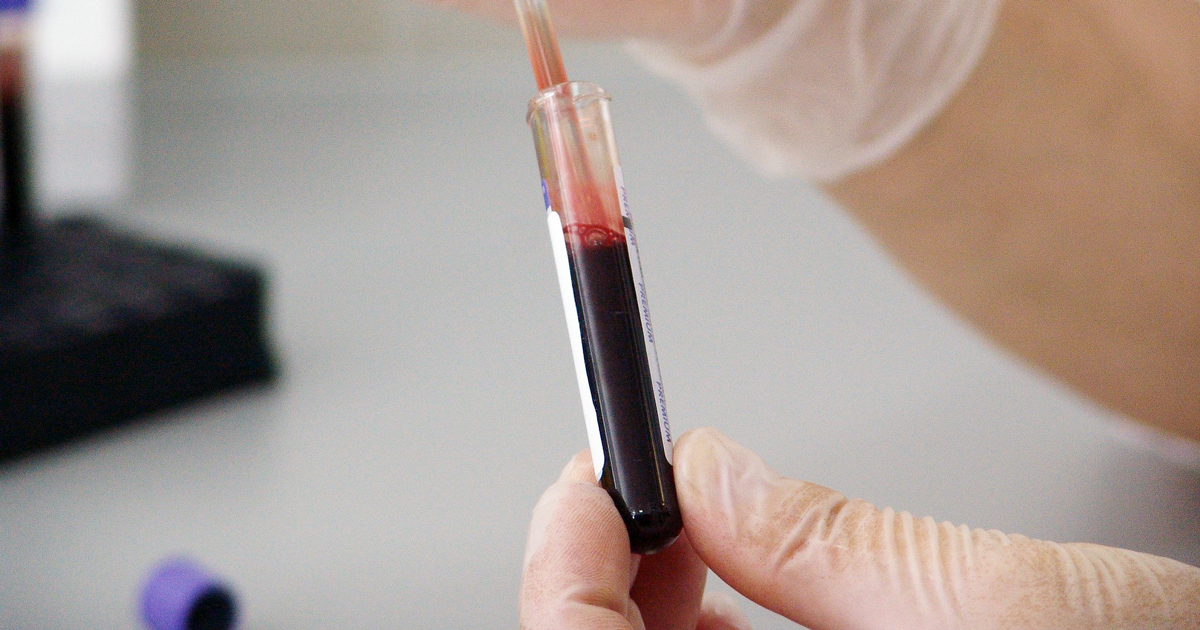
Blood transfusions, pt 3: how much?
—
by
Now that you know how to spot the signs of when a blood transfusion is needed and what blood product to administer, this article will focus on the volume of blood to give. What PCV should I aim for? To start us off, no real benefit exists in increasing a PCV above 30%, unless you…
-
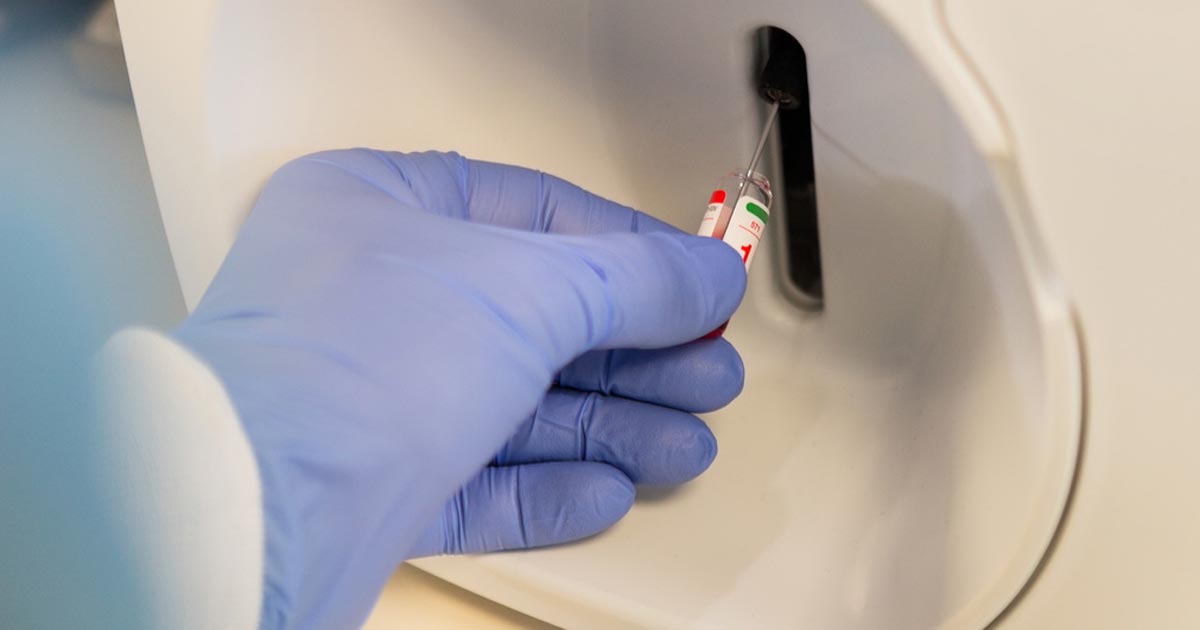
Blood gas analysis, pt 1: why everyone needs to know about it
—
by
For those of you who have received referral histories from emergency or specialists hospitals, blood gas analysis is probably no stranger to you. For those who have never heard of them before, fear not – you are in for a treat. In my emergency hospital, the blood gas analyser is arguably one of the most…
-
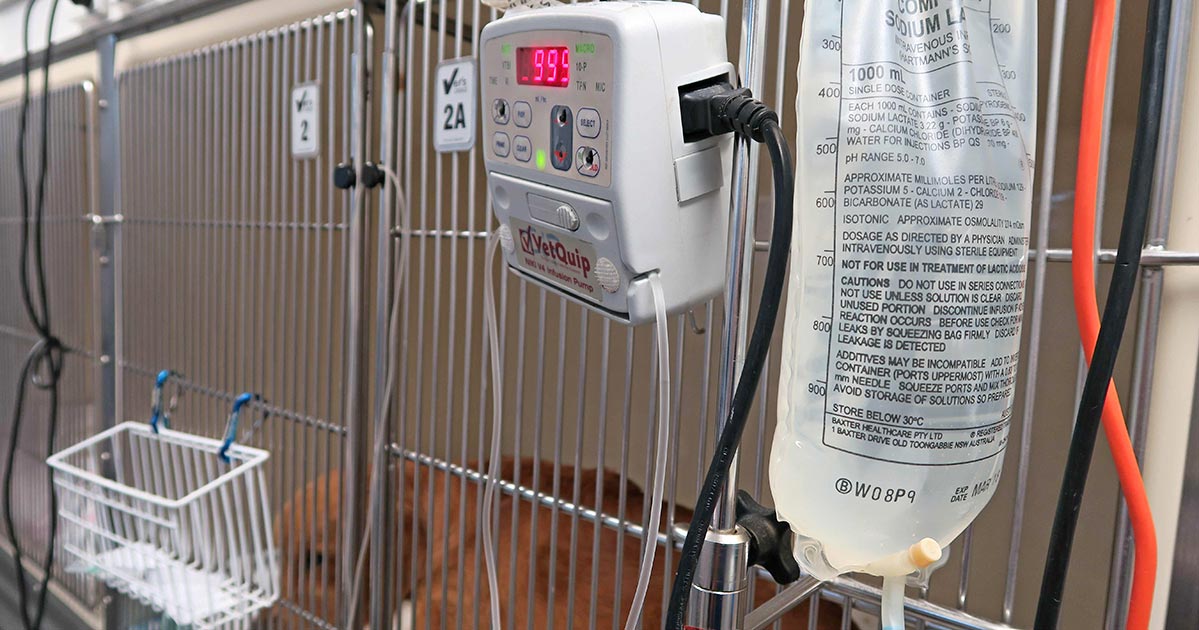
Fluid therapy part 4: ongoing losses
—
by
This month, we will look at the final part of a fluid therapy plan – accounting for ongoing losses. This can be challenging, but some general rules can be helpful. First, let’s recap the four parts of a fluid therapy plan: Perfusion deficit Hydration deficit Maintenance requirements Ongoing losses When considering ongoing losses, try to…
-
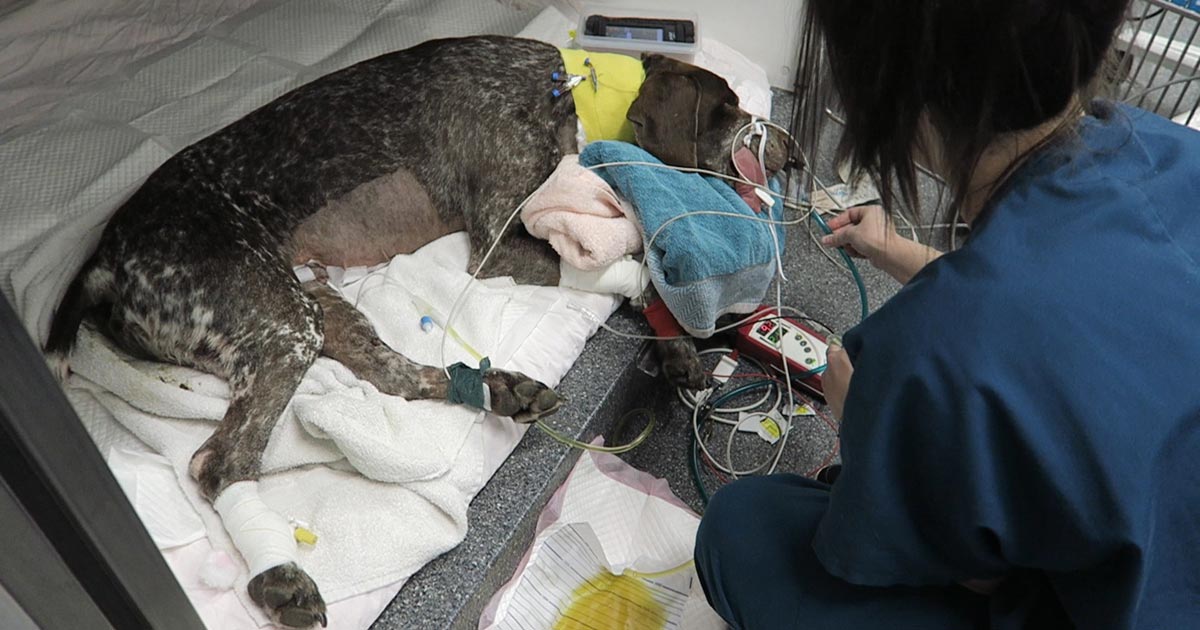
Focus on GDV, part 4: the recovery
—
by
Postoperatively, gastric dilatation-volvulus (GDV) patients remain in our intensive care unit for at least two to three days. Monitoring includes standard general physical examination parameters, invasive arterial blood pressures, ECG, urine output via urinary catheter and pain scoring. I repeat PCV/total protein, lactate, blood gas and activated clotting times (ACT) immediately postoperatively and then every…
-
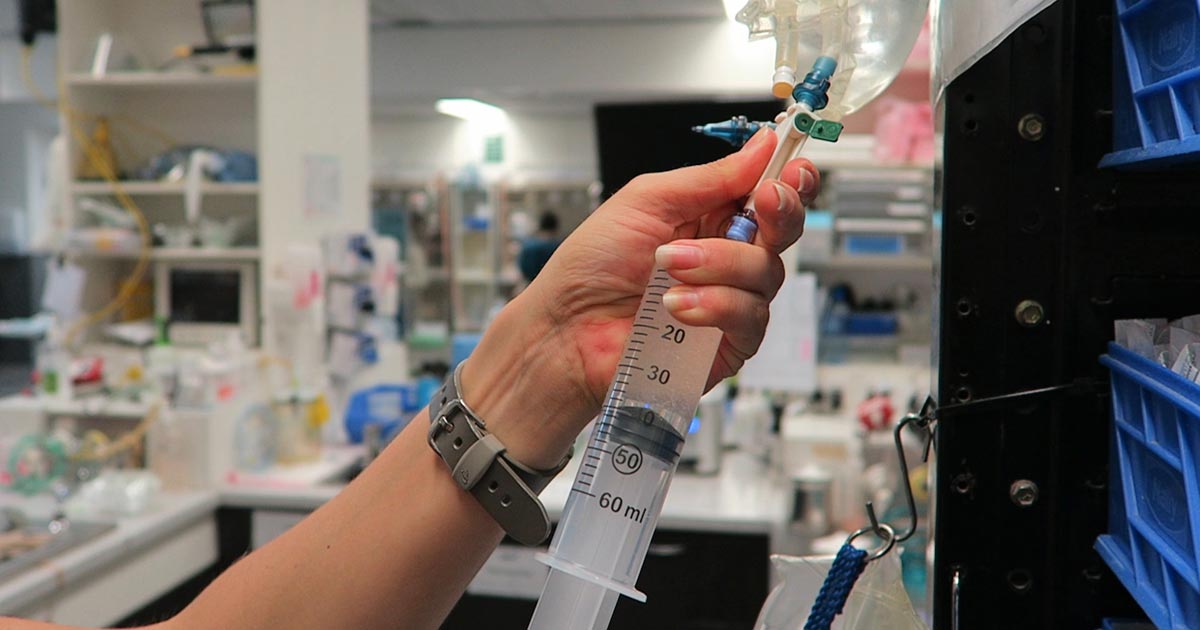
Focus on GDV, part 1: resuscitation
—
by
Last month we covered a bit of pathophysiology, presenting pathophysiology, presenting clinical signs and the radiographic diagnosis of gastric dilatation-volvulus (GDV). Now we cover the three things you need to do as soon as a suspected case is presented: IV fluid resuscitation decompression of the stomach pain relief Depending on the number of staff you…
